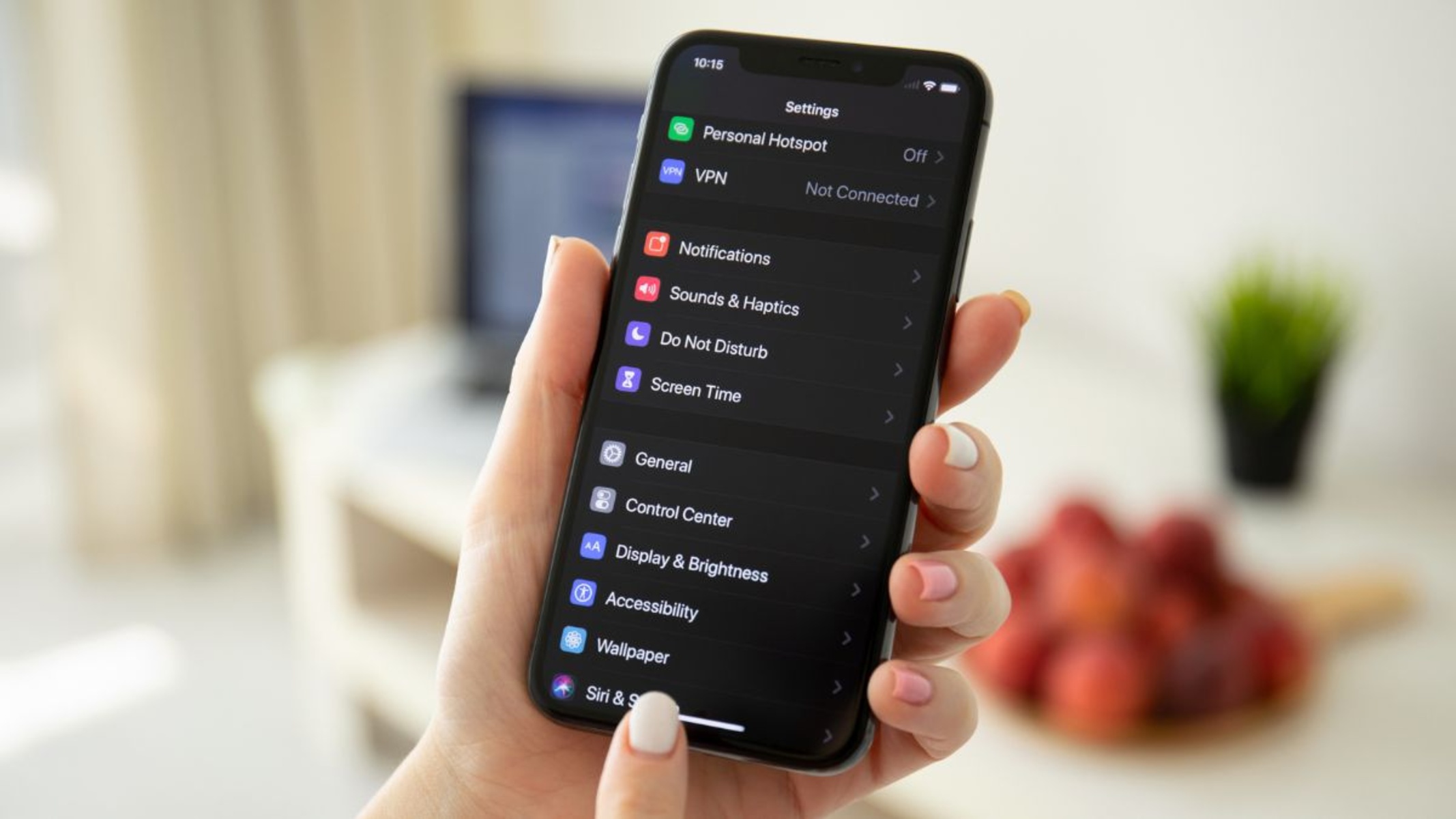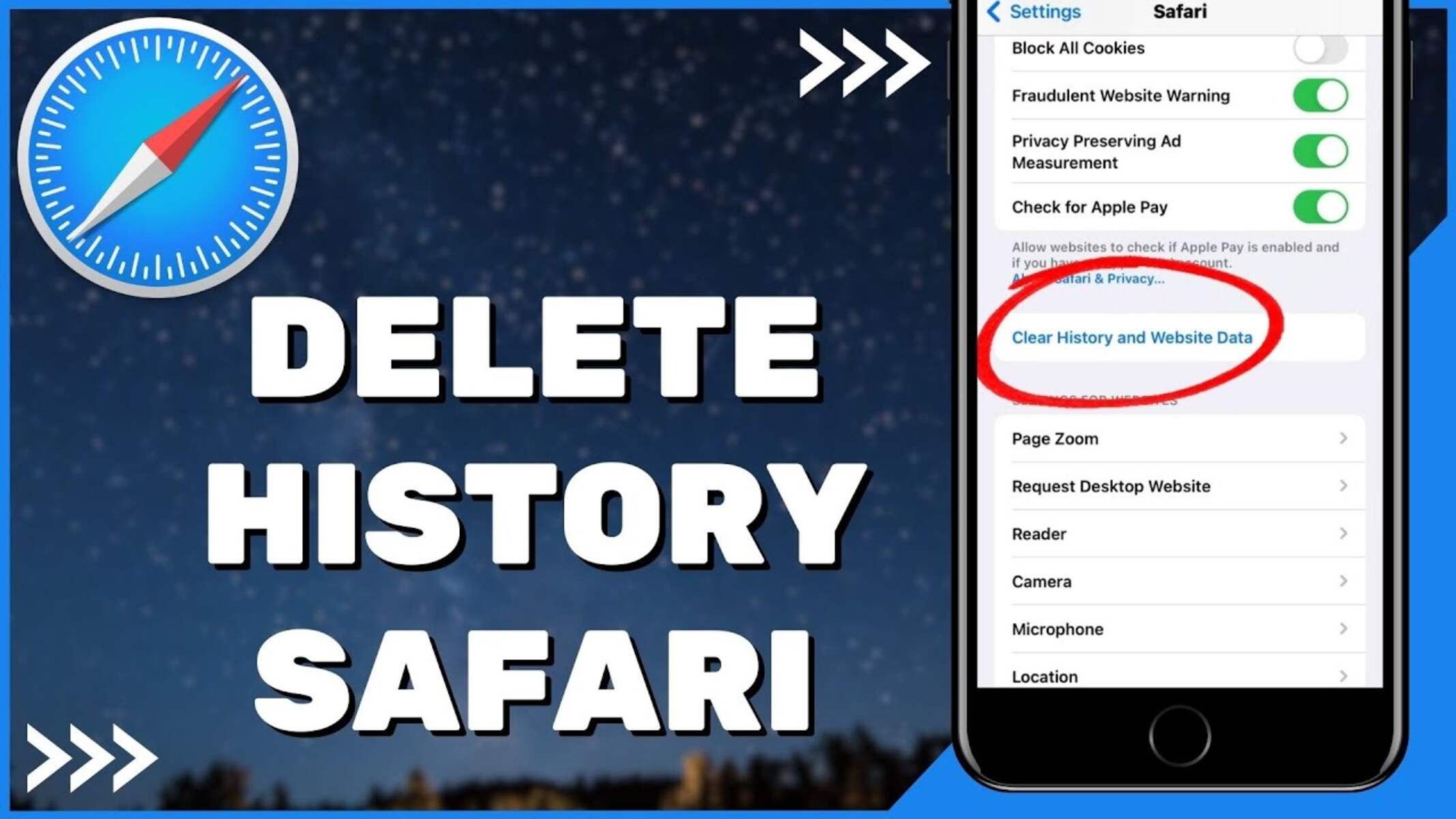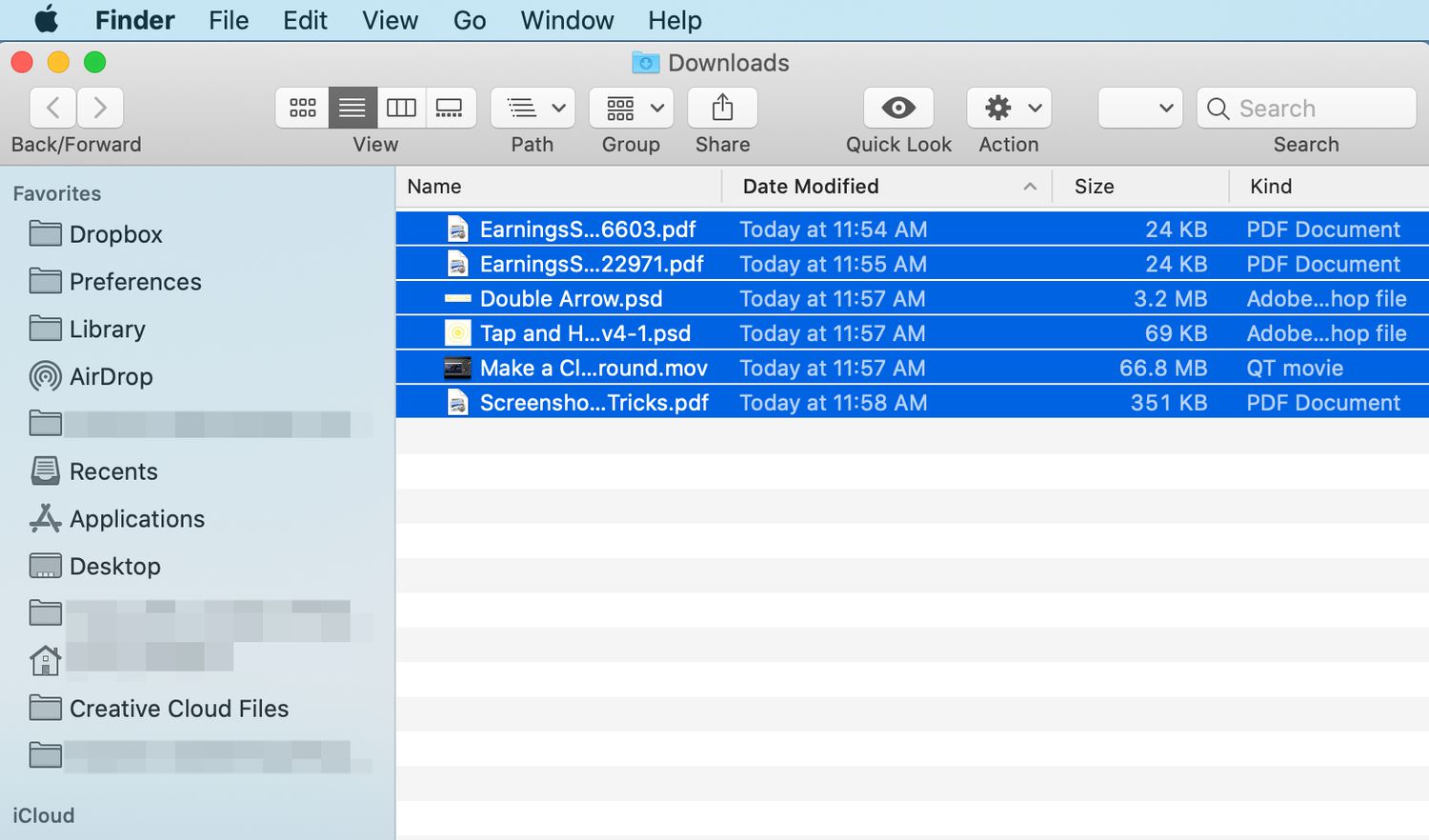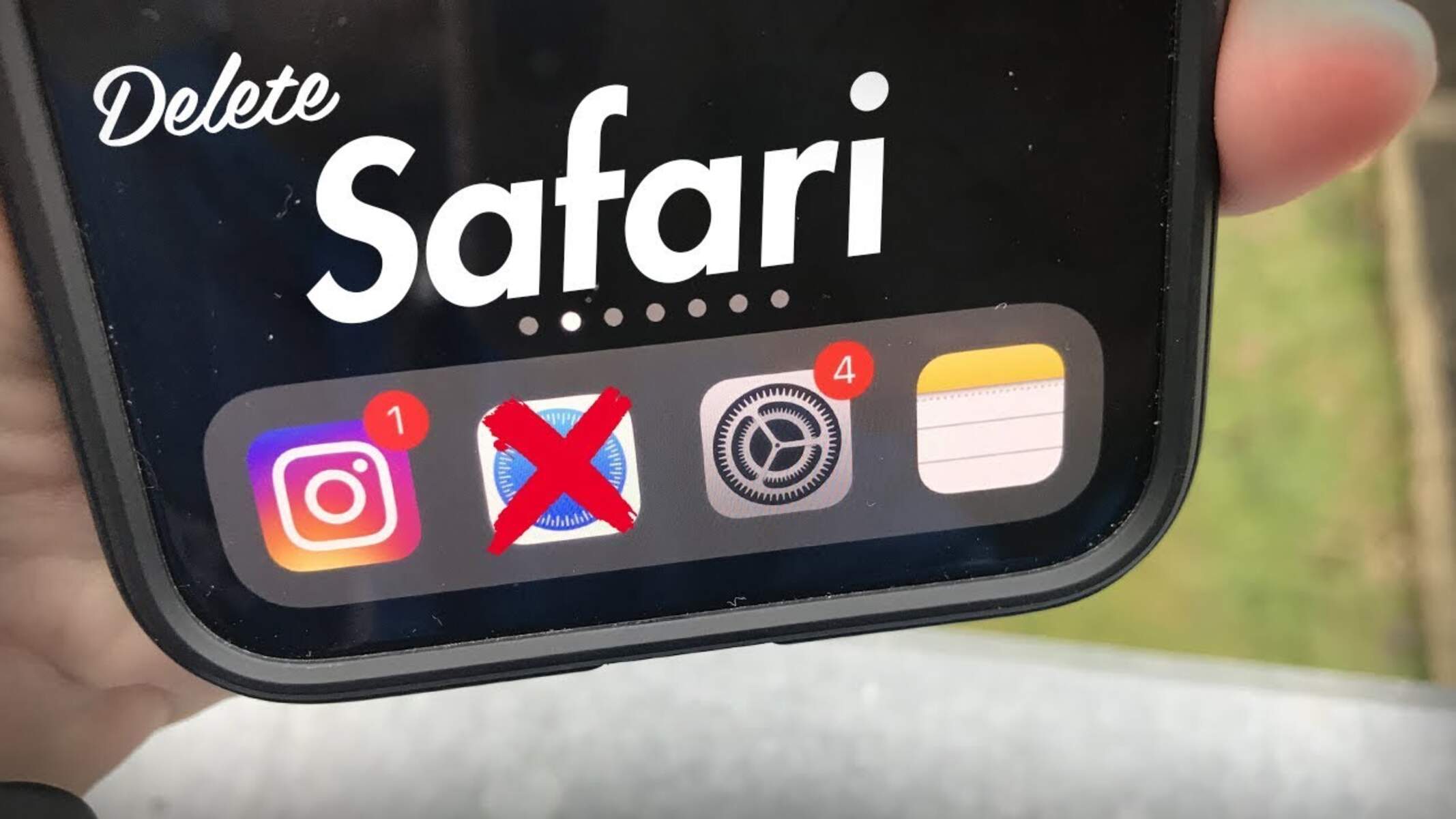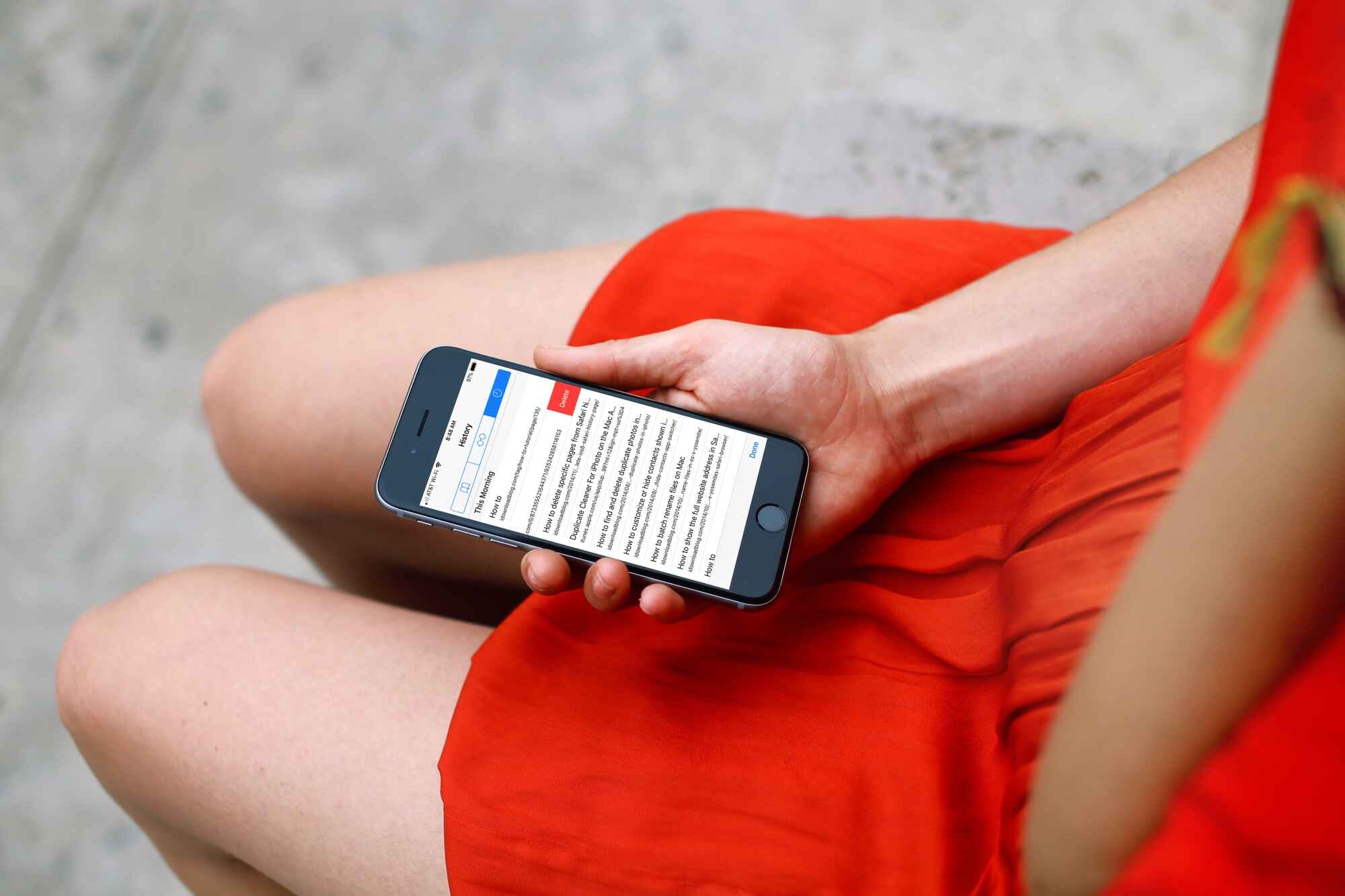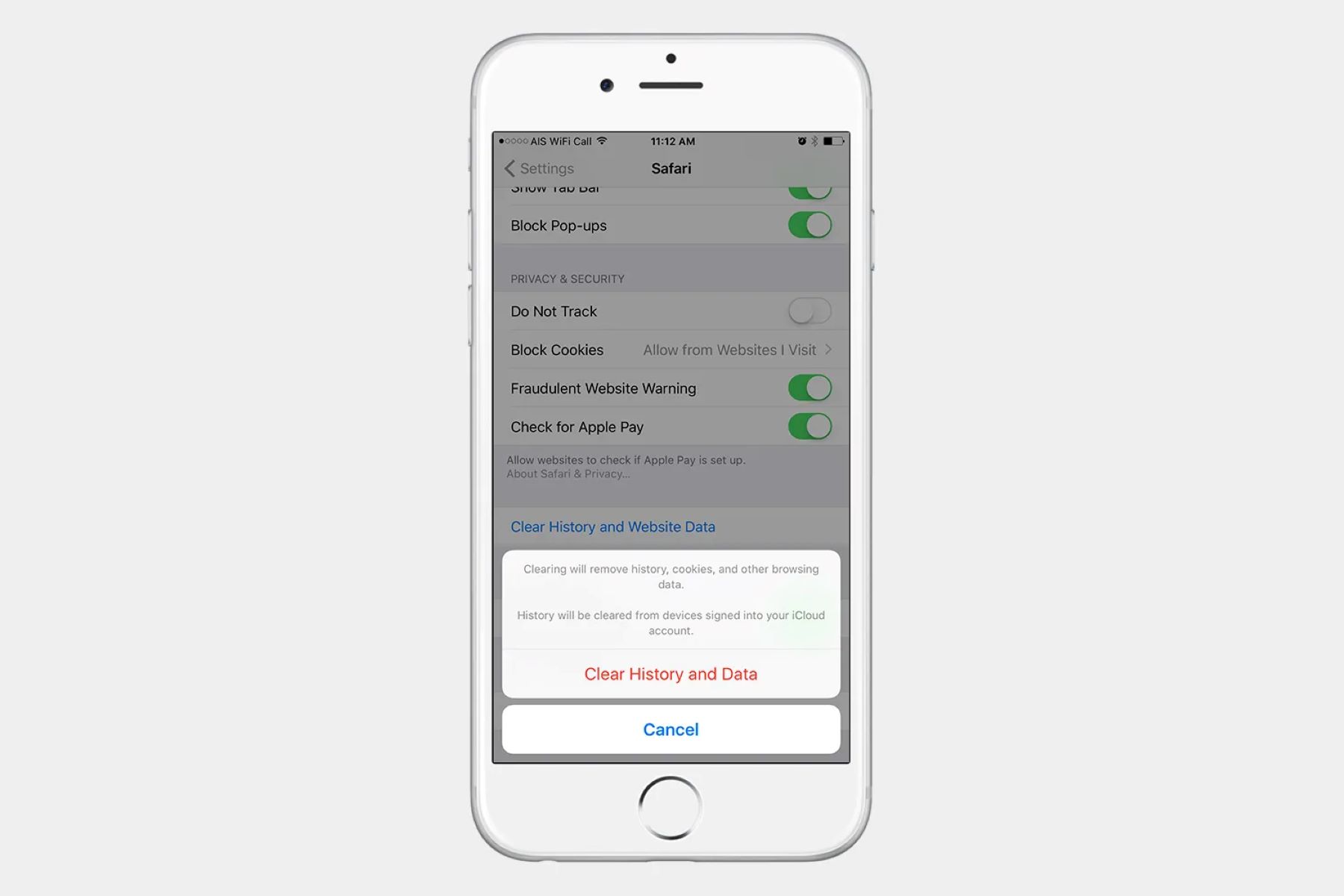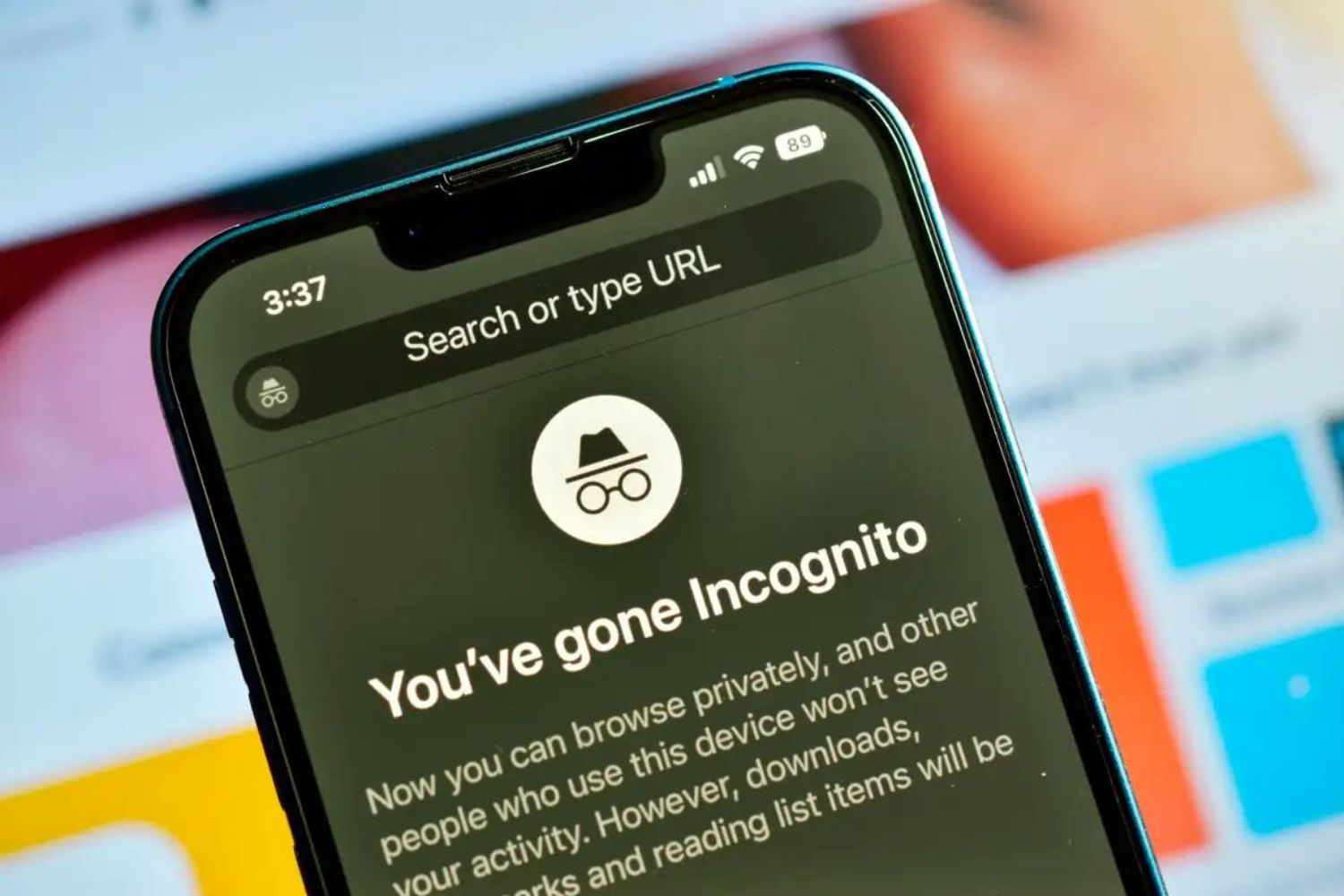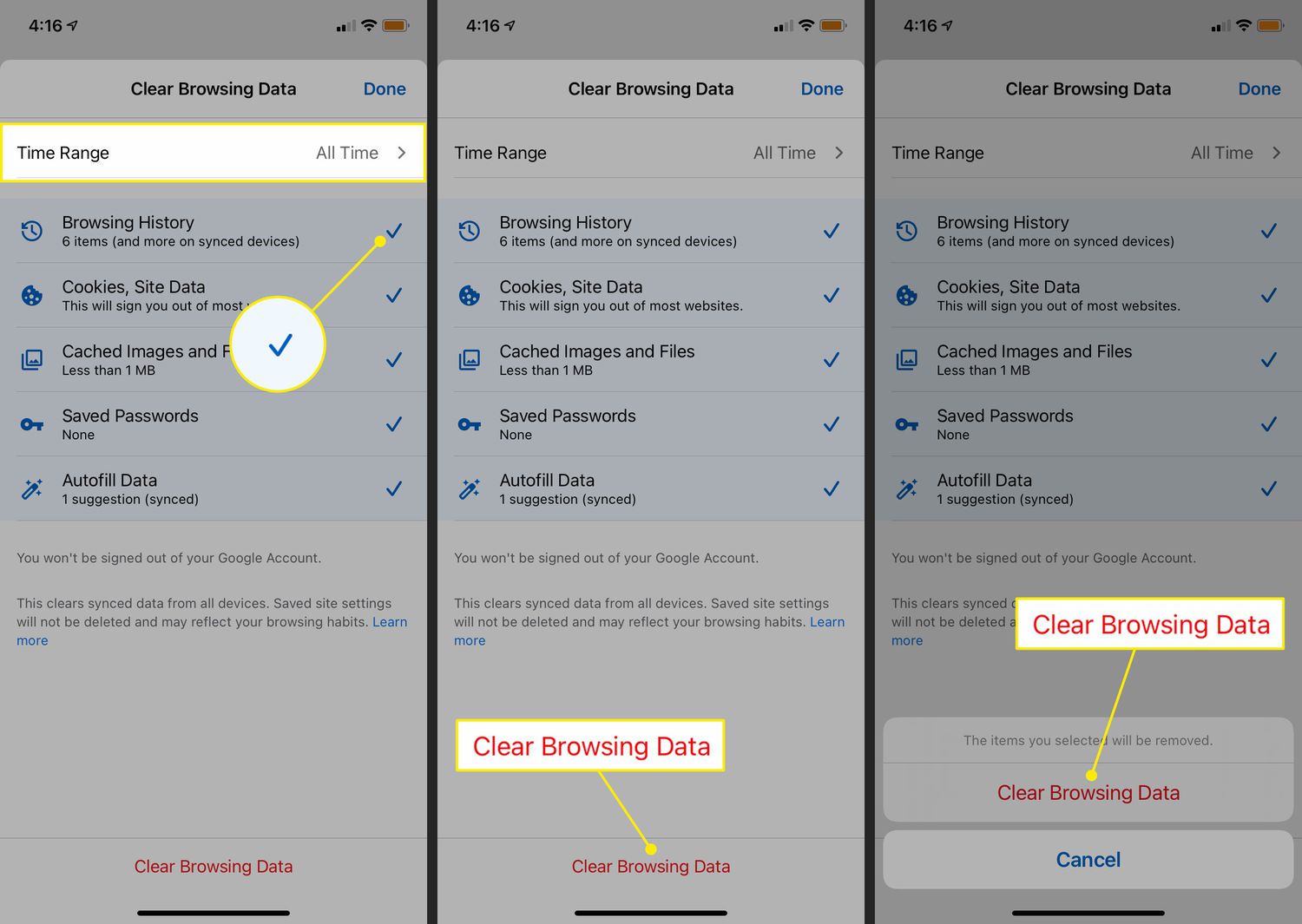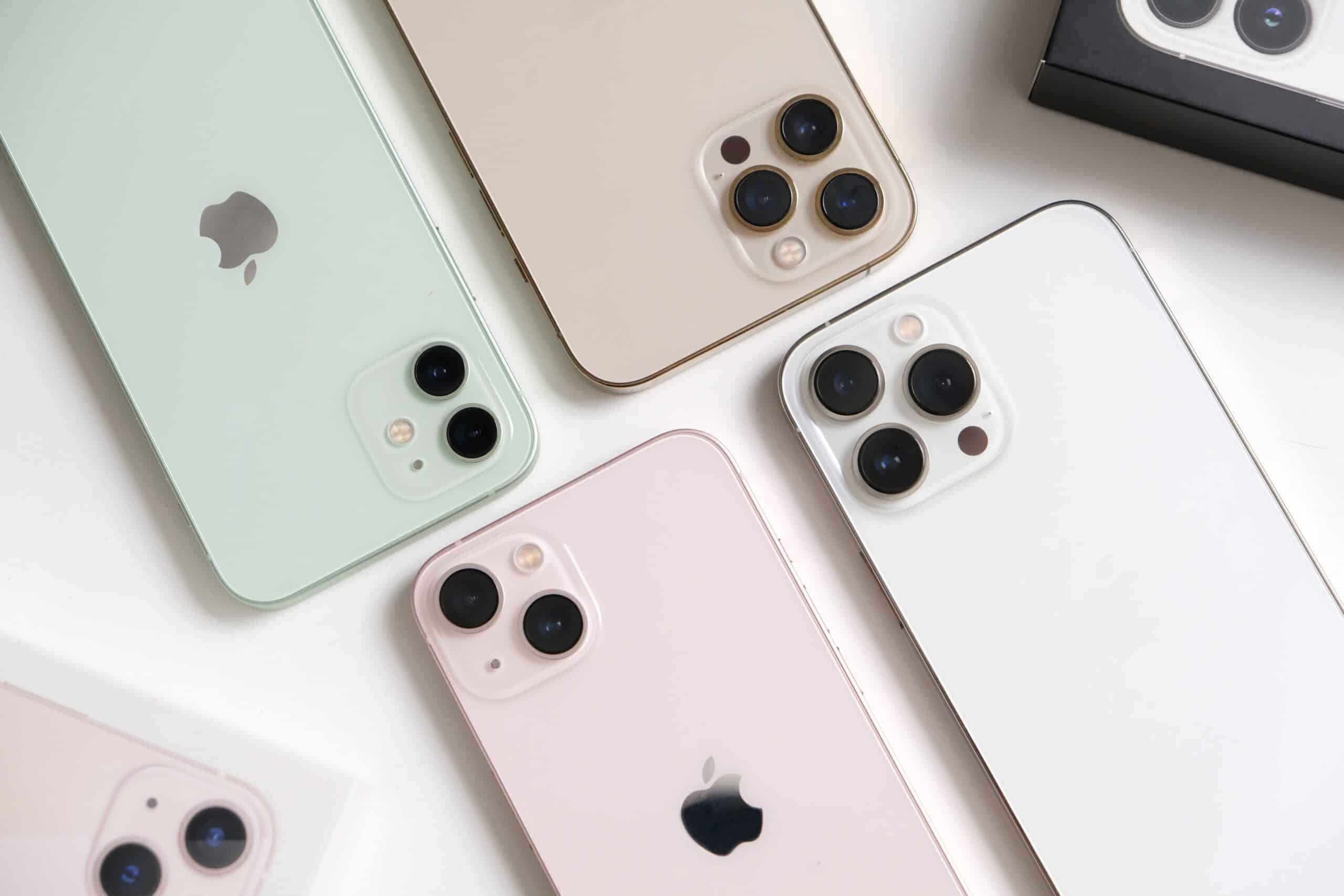Introduction
Have you ever found yourself in a situation where you needed to retrieve deleted browsing history from your iPhone? Whether it's to revisit a website you forgot to bookmark or to track someone else's online activity, the ability to recover deleted browser history can be invaluable. Fortunately, there are several methods you can use to accomplish this, each with its own set of advantages and considerations.
In this article, we will explore three effective methods for finding deleted browser history on an iPhone. From leveraging iCloud backups to utilizing third-party software and tapping into your Google account, each approach offers a unique pathway to recovering valuable browsing data. By understanding and implementing these methods, you can gain insight into the browsing habits of yourself or others, retrieve important information, or simply satisfy your curiosity.
So, if you've ever wondered whether it's possible to uncover deleted browsing history on an iPhone, you're in the right place. Let's dive into the world of digital sleuthing and explore the methods that can help you reclaim lost browsing data.
Method 1: Using iCloud Backup
One of the most reliable methods for retrieving deleted browser history on an iPhone is by leveraging iCloud backups. When you enable iCloud backup on your device, it automatically saves a copy of your data, including browsing history, to the cloud. This means that even if you accidentally delete your browsing history, you can potentially recover it from an earlier iCloud backup.
To begin the process, ensure that your iPhone is set up to create regular backups to iCloud. You can check this by navigating to "Settings," tapping on your name at the top of the screen, selecting "iCloud," and then "iCloud Backup." If the iCloud Backup option is enabled, your device should automatically back up its data when connected to Wi-Fi and a power source.
Once you've confirmed that iCloud backup is active, you can proceed to restore your iPhone from a previous backup to retrieve the deleted browsing history. Keep in mind that restoring from a backup will replace all the current data on your device with the information stored in the backup. Therefore, it's crucial to consider the potential impact on other data before initiating the restoration process.
To restore your iPhone from an iCloud backup, go to "Settings," tap on your name, select "iCloud," then "iCloud Backup," and choose "Restore from iCloud Backup." From there, select the most relevant backup that likely contains the browsing history you wish to recover. Follow the on-screen prompts to complete the restoration process, and once finished, your iPhone should reflect the state it was in at the time of the selected backup, including the retrieved browsing history.
It's important to note that while using iCloud backup to recover deleted browser history is generally effective, it may not be a foolproof solution. The success of this method depends on whether the browsing history was included in the specific backup you choose to restore from. Additionally, regular backups are essential for maximizing the likelihood of successfully retrieving deleted browsing history using this approach.
By leveraging iCloud backup, you can potentially reclaim valuable browsing data that was inadvertently deleted from your iPhone. This method serves as a valuable safety net, offering a straightforward way to restore lost browsing history and gain insight into past online activities.
Method 2: Using Third-Party Software
When it comes to recovering deleted browser history on an iPhone, utilizing third-party software can offer a versatile and effective approach. While Apple's native tools may have limitations in this regard, third-party software solutions are designed to delve deeper into the device's data, potentially uncovering deleted browsing history that may not be readily accessible through conventional means.
One notable advantage of using third-party software is the ability to perform comprehensive scans of the iPhone's storage, including areas that may not be directly accessible to the user. This can be particularly valuable when attempting to recover deleted browsing history, as the software can identify and extract traces of browsing data that may have been removed from the device's visible records.
To initiate the process, you can explore reputable third-party software options specifically designed for data recovery on iOS devices. These software solutions often offer user-friendly interfaces and step-by-step guidance, making the recovery process accessible to individuals with varying levels of technical expertise.
Upon selecting and installing the preferred third-party software, you can connect your iPhone to your computer and follow the software's instructions to initiate a scan of the device's storage. The software will meticulously search for remnants of deleted browsing history, leveraging advanced algorithms to identify and extract relevant data.
Once the scan is complete, the software will present the results, allowing you to review the identified browsing history data and select the items you wish to recover. It's important to carefully assess the retrieved data to ensure that the browsing history aligns with your expectations and corresponds to the period from which you seek to recover the deleted records.
While using third-party software can be an effective method for recovering deleted browser history on an iPhone, it's essential to exercise caution and select reputable software from trusted developers. Additionally, understanding the software's capabilities and limitations can help manage expectations and optimize the likelihood of successful data recovery.
By leveraging third-party software, you can potentially access deleted browsing history that may have eluded traditional recovery methods. This approach empowers users to delve into the depths of their iPhone's data and reclaim valuable browsing records, offering a valuable avenue for digital investigation and data retrieval.
Method 3: Using Google Account
Another method for retrieving deleted browser history on an iPhone involves tapping into the wealth of data associated with your Google account. Google offers a range of services, including the Chrome browser and associated features, that seamlessly integrate with your Google account. By leveraging the synchronization capabilities of these services, you can potentially access deleted browsing history that has been stored in your Google account's archives.
To initiate the process, ensure that you are signed in to your Google account on the Chrome browser installed on your iPhone. This step is crucial, as it enables the synchronization of browsing history with your Google account, allowing the data to be accessible across multiple devices and platforms.
Once signed in, navigate to the Chrome browser on your iPhone and tap the three-dot menu icon in the top-right corner of the screen. From the menu, select "History" to access a comprehensive record of your browsing activity. Here, you can review the browsing history, including previously visited websites and associated timestamps.
In the event that you have inadvertently deleted specific entries from your browsing history, you can potentially retrieve them by accessing the "All time" view within the History section. This view provides a comprehensive overview of your browsing history, encompassing a broader timeframe that may include the deleted records you seek to recover.
Furthermore, Google's synchronization capabilities extend beyond the Chrome browser, encompassing various aspects of your online activity. By accessing your Google account's activity controls and settings, you can explore additional avenues for retrieving deleted browsing history, such as reviewing web and app activity logs and associated data.
It's important to note that the effectiveness of using your Google account to recover deleted browser history is contingent on the synchronization settings and data retention practices associated with your account. Additionally, the availability of deleted browsing history within your Google account may be subject to factors such as the duration of data retention and the specific synchronization settings configured on your devices.
By leveraging your Google account, you can potentially access a wealth of browsing history data that has been synchronized and stored across your devices. This method offers a convenient and integrated approach to recovering deleted browsing history, leveraging the capabilities of Google's services to access valuable insights into your past online activities.
Conclusion
In the realm of digital exploration and data retrieval, the quest to find deleted browser history on an iPhone unveils a landscape of diverse methods and approaches. From leveraging iCloud backups to harnessing the power of third-party software and tapping into the synchronization capabilities of Google accounts, individuals seeking to recover deleted browsing history are presented with a range of pathways to explore.
The journey of uncovering deleted browsing history on an iPhone is marked by a blend of technological prowess, user-centric interfaces, and the intricate interplay between data synchronization and retention. Each method offers its own set of advantages and considerations, catering to the diverse needs and preferences of users navigating the realm of digital investigation and data recovery.
By delving into the world of iCloud backups, individuals can harness the reliability and convenience of cloud-based data storage, potentially reclaiming valuable browsing history that may have been inadvertently deleted. The seamless integration of iCloud backups with the iOS ecosystem provides a safety net for users, offering a straightforward and accessible avenue for restoring lost browsing records and gaining insight into past online activities.
The utilization of third-party software introduces a dimension of versatility and depth to the process of recovering deleted browser history on an iPhone. With the ability to perform comprehensive scans of the device's storage and identify traces of deleted browsing data, third-party software solutions empower users to delve into the depths of their iPhone's data and potentially access valuable browsing records that may have eluded traditional recovery methods.
Furthermore, the synchronization capabilities of Google accounts offer a seamless and integrated approach to retrieving deleted browsing history, leveraging the interconnected nature of Google's services to access a wealth of browsing history data stored across devices. By tapping into the synchronization settings and data retention practices associated with Google accounts, users can potentially access valuable insights into their past online activities, expanding the scope of data retrieval beyond the confines of the iPhone itself.
In conclusion, the pursuit of finding deleted browser history on an iPhone transcends the realm of data recovery, offering a glimpse into the intricate interplay between digital footprints, data synchronization, and the evolving landscape of user-centric technologies. Whether driven by the need to reclaim lost browsing records, satisfy curiosity, or gain insight into past online activities, the methods explored in this article serve as valuable tools for individuals navigating the digital landscape in search of valuable insights and data retrieval.







